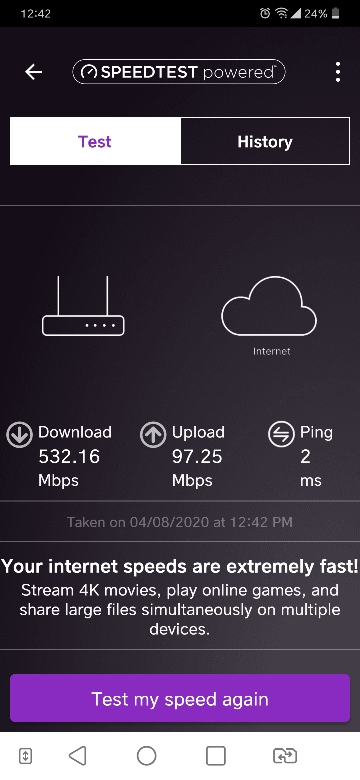System Error Message
Part of the Furniture
a lot of routers allow you to enable/disable it. Its good to have a router capable of it. Fun fact that ubiquiti routers are incapable of CPU based speeds and require hardware acceleration for their advertised speeds. This is why i like mikrotik over ubiquiti for routing, its not just that mikrotik is a better router in the OS/software but also that mikrotik does not rely on hardware acceleration and have separate benches with and without for different setups, understanding that their customers will be using features that wont work with hardware acceleration, aside from being less dodgy. Mikrotik doesnt advertise hardware acceleration as a necessity but an optional feature that you can play with on top of your config, like for some it is recommended to filter the packets/connection first before accelerating it. You also have different forms of hardware acceleration with mikrotik. Ubiquiti fails to deliver the targeted features to their audience, so they have to target home users not business/enterprise that wont be able to use hardware acceleration with their setup.I look at NAT acceleration as a form of cheating, something that allows manufacturers to market a device as Gigabit capable, when in fact it isn't. In all my setups, if there is a way to disable NAT acceleration and the CPU is capable to handle the traffic, I prefer to keep it Disabled.


